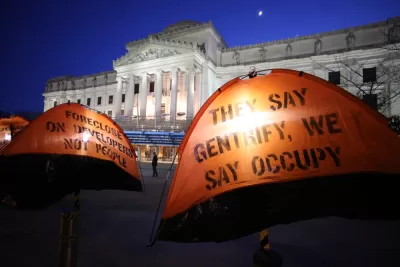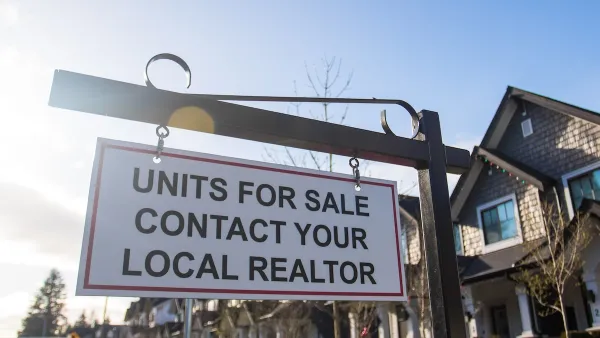Whether gentrification is common depends on how one defines it.

Much of the discussion of gentrification focuses not on whether gentrification is a good thing, but over its frequency. The answer is: it depends on how you define it.
If you define gentrification as any increase in neighborhood gentrification or affluence, gentrification is widespread. On the other hand, if you define gentrification as radical change (especially radical citywide change) gentrification is quite rare.
One example of the former definition is Governing magazine's study, which found that "Nearly 20 percent of neighborhoods with lower incomes and home values have experienced gentrification since 2000, compared to only 9 percent during the 1990s."
According to this study, a census tract is "gentrified" when its percentage of college graduates and home values increase to a significantly greater extent than the metro area average—in particular, enough so that the tract's level of increase (as opposed to its absolute percentage of college graduates or its absolute home value) was in the top 1/3 of metro area Census tracts.
This means that a very, very poor neighborhood that improves significantly is "gentrified" even if it is still a poor neighborhood by any conceivable criterion. For example, Governing described one Census tract on the east side of Kansas City as "gentrified" because the percentage of college-educated residents increased from 8 percent to the still-low level of 14 percent, and because home values increased by 40 percent over a decade. (If you want to get a sense of this area, go on Google Street View to 4200 E. Truman Road and adjoining blocks.)
On the other hand, Lester Rice of Rice University recently wrote that gentrification in Houston is quite rare. He defines gentrification as a significant racial transition—essentially, when a formerly majority-minority area becomes majority-white. By this very narrow definition, a neighborhood does not gentrify when it goes from working-class white to upper-class white, or from working-class black to upper-class black.
Another factor dividing commentators is whether to ignore "de-gentrification"—that is to say, neighborhoods that become poorer over time. If you focus solely on neighborhoods that become richer, you are likely to emphasize the growth of gentrification. On the other hand, if you weigh gentrifying areas against the number of areas that have become poorer, you may see gentrification as very minor indeed.
For example, the City Observatory blog emphasizes that over the past several decades, de-gentrifying areas have been far more common than gentrifying areas. In Chicago, only seven or eight Census tracts (mostly near downtown) rebounded from having high poverty to low poverty, while dozens of neighborhoods deteriorated. Similarly, my earlier work has de-emphasized gentrification because I was focusing on citywide poverty.
In sum, whether gentrification is a big deal depends on what questions you are asking. Gentrification will seem quite minor if the question you are asking is: "Have cities become playgrounds for the rich (or at least caught up with their suburbs economically)?" That's because, in fact, even the richest central cities are poorer than their suburbs. But you will find quite a bit more gentrification if the question you are more interested is: "Have any city neighborhoods, anywhere, become richer or better educated?"

Planetizen Federal Action Tracker
A weekly monitor of how Trump’s orders and actions are impacting planners and planning in America.

Chicago’s Ghost Rails
Just beneath the surface of the modern city lie the remnants of its expansive early 20th-century streetcar system.

San Antonio and Austin are Fusing Into one Massive Megaregion
The region spanning the two central Texas cities is growing fast, posing challenges for local infrastructure and water supplies.

Since Zion's Shuttles Went Electric “The Smog is Gone”
Visitors to Zion National Park can enjoy the canyon via the nation’s first fully electric park shuttle system.

Trump Distributing DOT Safety Funds at 1/10 Rate of Biden
Funds for Safe Streets and other transportation safety and equity programs are being held up by administrative reviews and conflicts with the Trump administration’s priorities.

German Cities Subsidize Taxis for Women Amid Wave of Violence
Free or low-cost taxi rides can help women navigate cities more safely, but critics say the programs don't address the root causes of violence against women.
Urban Design for Planners 1: Software Tools
This six-course series explores essential urban design concepts using open source software and equips planners with the tools they need to participate fully in the urban design process.
Planning for Universal Design
Learn the tools for implementing Universal Design in planning regulations.
planning NEXT
Appalachian Highlands Housing Partners
Mpact (founded as Rail~Volution)
City of Camden Redevelopment Agency
City of Astoria
City of Portland
City of Laramie






























